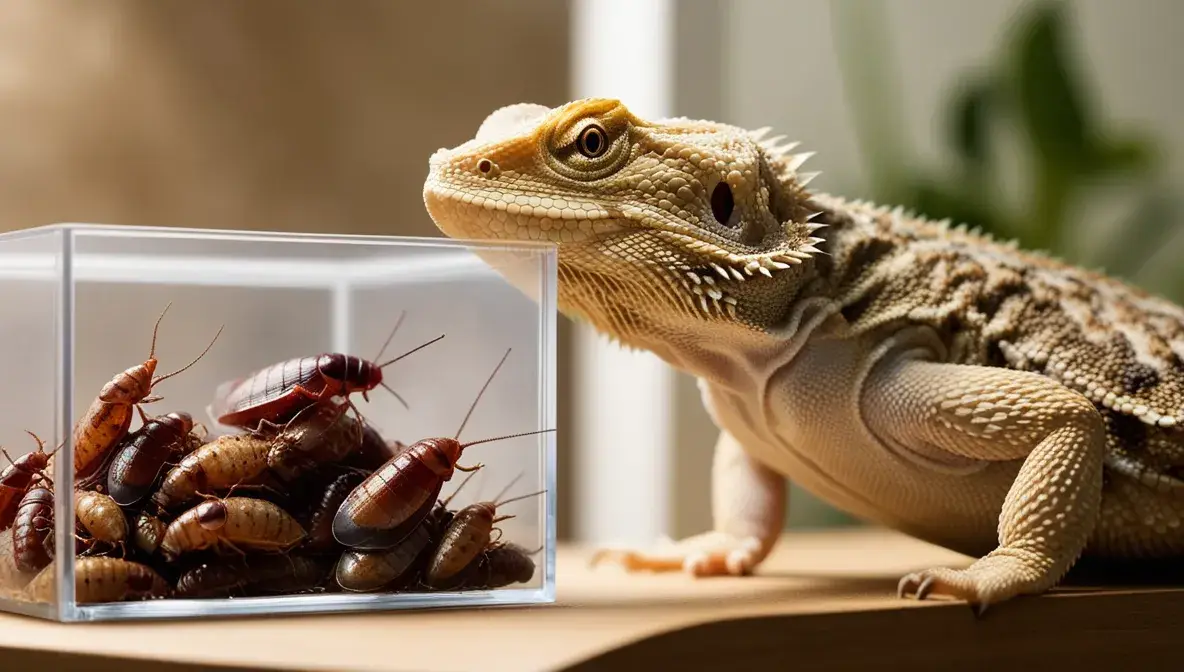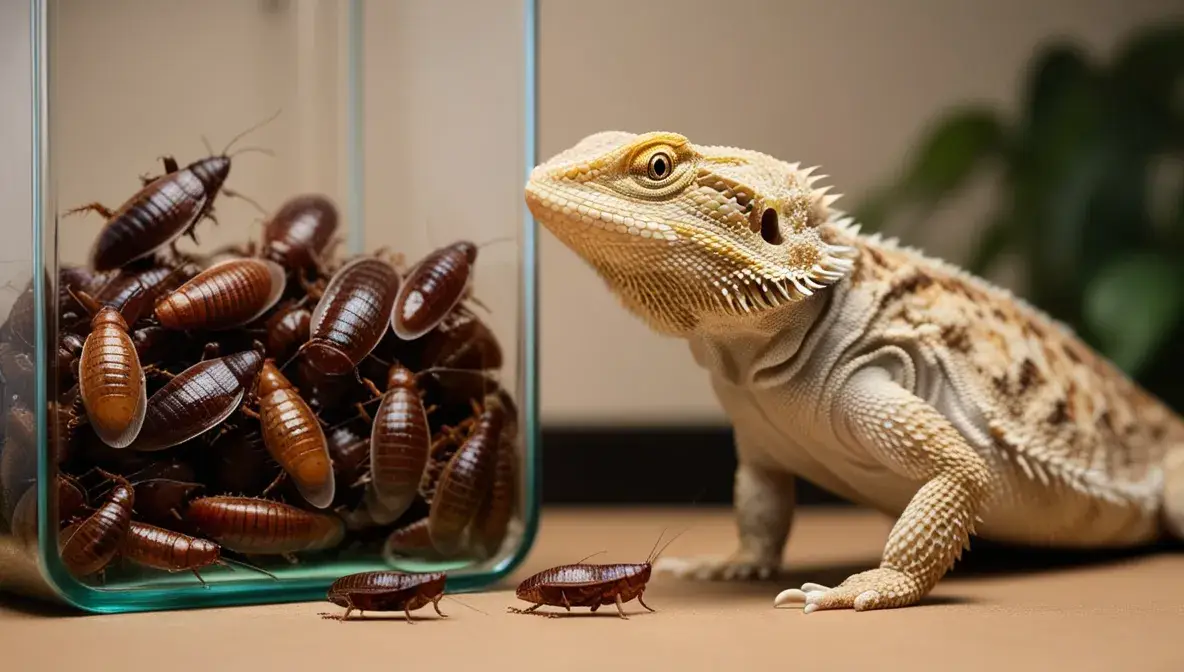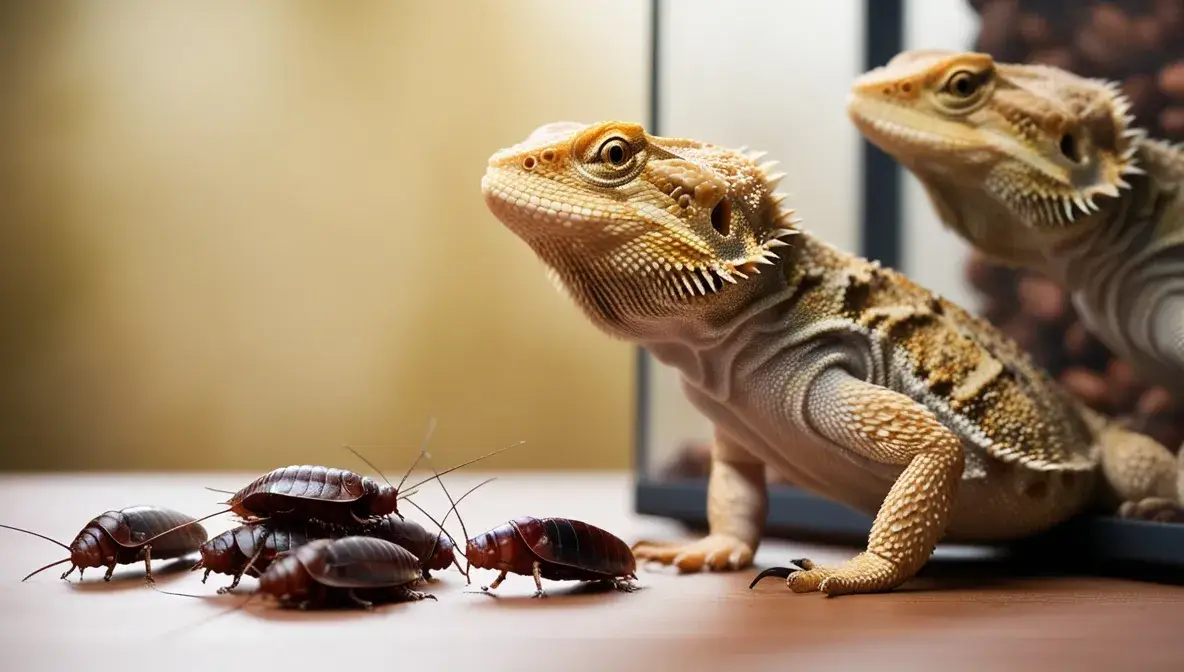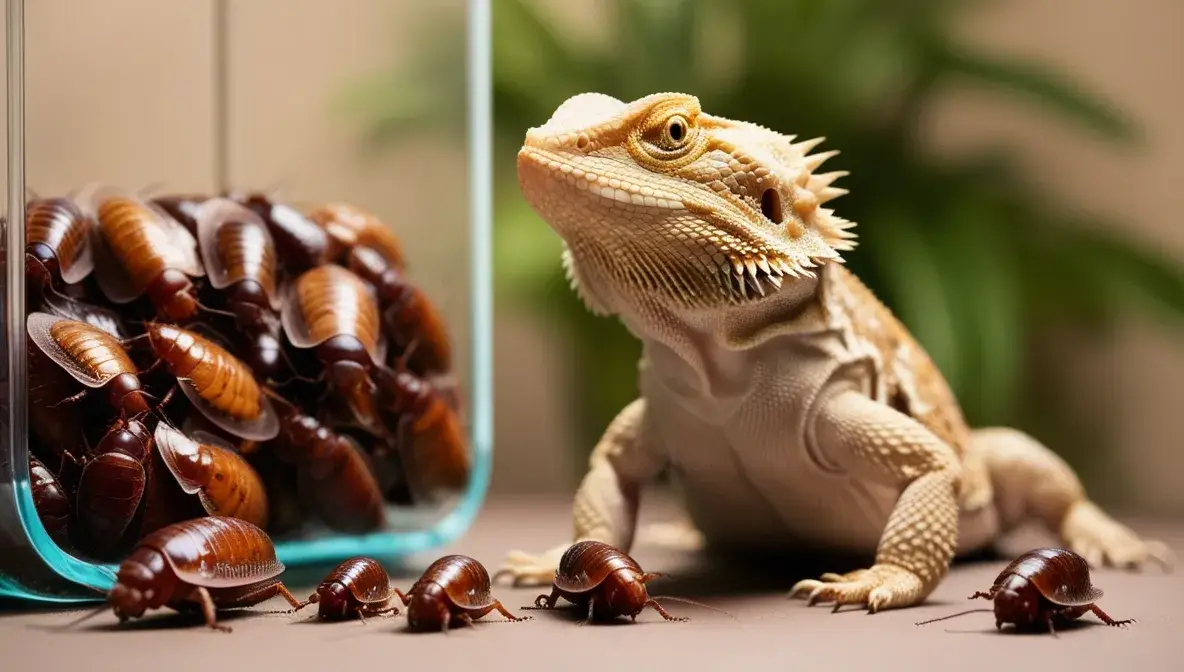If you’re a bearded dragon owner, you’ve likely heard that Dubia roaches are one of the best feeder insects for your scaly friend. But here’s the million-dollar question: What size Dubia roaches for bearded dragons are ideal? Choosing the right size is crucial for your pet’s health, growth, and overall well-being. In this comprehensive guide, we’ll dive into everything you need to know about feeding Dubia roaches to your bearded dragon, from sizing guidelines to common misconceptions and expert tips.
Bearded dragons are omnivorous reptiles that thrive on a balanced diet of insects, vegetables, and occasional fruits. Dubia roaches, in particular, are a popular choice due to their high protein content, low fat, and ease of digestion. However, feeding the wrong size roach can lead to choking hazards, impaction, or nutritional imbalances. Let’s explore how to get it right!
Why Dubia Roaches Are a Great Choice for Bearded Dragons

Before we dive into sizing, let’s talk about why Dubia roaches are such a fantastic option for your bearded dragon:
- Nutritional Value: Dubia roaches are packed with protein, essential amino acids, and vitamins, making them a superior feeder insect compared to crickets or mealworms.
- Low Maintenance: Unlike crickets, Dubia roaches are quiet, don’t smell, and are easy to breed at home.
- Digestibility: Their soft exoskeleton makes them easier for bearded dragons to digest, reducing the risk of impaction.
- Longevity: Dubia roaches live longer than other feeder insects, so you won’t have to replace them as often.
Now that we’ve established their benefits, let’s focus on the main topic: what size Dubia roaches for bearded dragons is appropriate.
Understanding the Right Size: A Step-by-Step Guide
Choosing the correct size of Dubia roaches depends on your bearded dragon’s age, size, and developmental stage. Here’s a breakdown to help you make the best decision:
Hatchlings and Baby Bearded Dragons (0–4 Months)
Baby bearded dragons are tiny, growing rapidly, and require a diet rich in protein to support their development. At this stage, you’ll want to feed them the smallest Dubia roaches available.
- Recommended Size: 1/4-inch nymphs (about the size of a pinhead).
- Feeding Frequency: Offer 20–30 small roaches per day, spread across 2–3 feedings.
Quick Tip: Always ensure the roach is no larger than the space between your bearded dragon’s eyes. This rule of thumb helps prevent choking and digestive issues.
Juvenile Bearded Dragons (4–12 Months)
Juveniles are still growing but are larger and more robust than hatchlings. They can handle slightly bigger roaches, but moderation is key.
- Recommended Size: 1/4-inch to 1/2-inch nymphs.
- Feeding Frequency: Offer 10–15 roaches per day, gradually reducing the number as they transition to an adult diet.
Did You Know? Juvenile bearded dragons can eat up to 80% insects and 20% vegetables. Dubia roaches are an excellent way to meet their protein needs during this critical growth phase.
Adult Bearded Dragons (12+ Months)
Adult bearded dragons require a more balanced diet, with a higher proportion of vegetables and fewer insects. However, Dubia roaches remain a valuable protein source.
- Recommended Size: 1/2-inch to 3/4-inch roaches.
- Feeding Frequency: Offer 5–10 roaches every other day, alongside a variety of leafy greens and vegetables.
Pro Tip: Rotate Dubia roaches with other feeder insects like crickets or black soldier fly larvae to provide dietary variety and prevent nutritional deficiencies.
Common Questions and Misconceptions About Dubia Roaches
Can Dubia Roaches Be Too Big for Bearded Dragons?
Absolutely! Feeding roaches that are too large can cause choking, impaction, or stress. Always stick to the “space between the eyes” rule to ensure safety.
Are Dubia Roaches Better Than Crickets?
While both are excellent feeder insects, Dubia roaches have a higher protein content, lower fat, and are less likely to carry parasites compared to crickets. They’re also easier to handle and store.
Can Bearded Dragons Eat Dubia Roaches Every Day?
For hatchlings and juveniles, daily feeding is fine. However, adults should only be fed Dubia roaches 2–3 times a week to maintain a balanced diet.
Do Dubia Roaches Bite?
Dubia roaches are non-aggressive and rarely bite. They’re one of the safest feeder insects for both pets and owners.
How to Source and Store Dubia Roaches

Sourcing Dubia Roaches
- Reputable Breeders: Purchase from trusted suppliers to ensure the roaches are healthy and free from pesticides.
- Online Retailers: Many online stores offer Dubia roaches in various sizes, making it easy to find the right fit for your bearded dragon.
Storing Dubia Roaches
- Container: Use a well-ventilated plastic bin with smooth sides to prevent escapes.
- Temperature: Keep them at 70–90°F for optimal breeding and longevity.
- Food and Water: Provide fresh vegetables (e.g., carrots, potatoes) and a water source (e.g., water crystals) to keep the roaches hydrated and nutritious.
Expert Tips for Feeding Dubia Roaches to Your Bearded Dragon

- Gut-Load Before Feeding: Feed your Dubia roaches nutrient-rich foods 24–48 hours before offering them to your bearded dragon. This process, known as gut-loading, enhances their nutritional value.
- Dust with Supplements: Lightly dust the roaches with calcium or vitamin D3 powder to prevent metabolic bone disease.
- Monitor Your Dragon’s Health: Watch for signs of overfeeding, such as obesity or lethargy, and adjust the diet accordingly.
Conclusion: Making Informed Decisions for Your Bearded Dragon
Choosing the right size Dubia roaches for your bearded dragon is essential for their health and happiness. By following the guidelines outlined in this post, you can ensure your pet receives the proper nutrition without risking choking or digestive issues.
Remember, every bearded dragon is unique, so pay attention to their individual needs and adjust their diet as they grow. Whether you’re a first-time owner or a seasoned reptile enthusiast, this guide empowers you to make informed decisions about your pet’s care.
Call to Action: Have you tried feeding Dubia roaches to your bearded dragon? Share your experiences or questions in the comments below! And if you found this post helpful, don’t forget to explore our other articles on reptile care and nutrition Drguidez.
By understanding what size Dubia roaches for bearded dragons is best, you’re taking a significant step toward providing your pet with a long, healthy, and happy life. Happy feeding!

Mark Manson is an expert blogger specializing in Dubia Roaches. He shares practical care tips, breeding insights, and feeding advice to help enthusiasts and reptile owners thrive.

